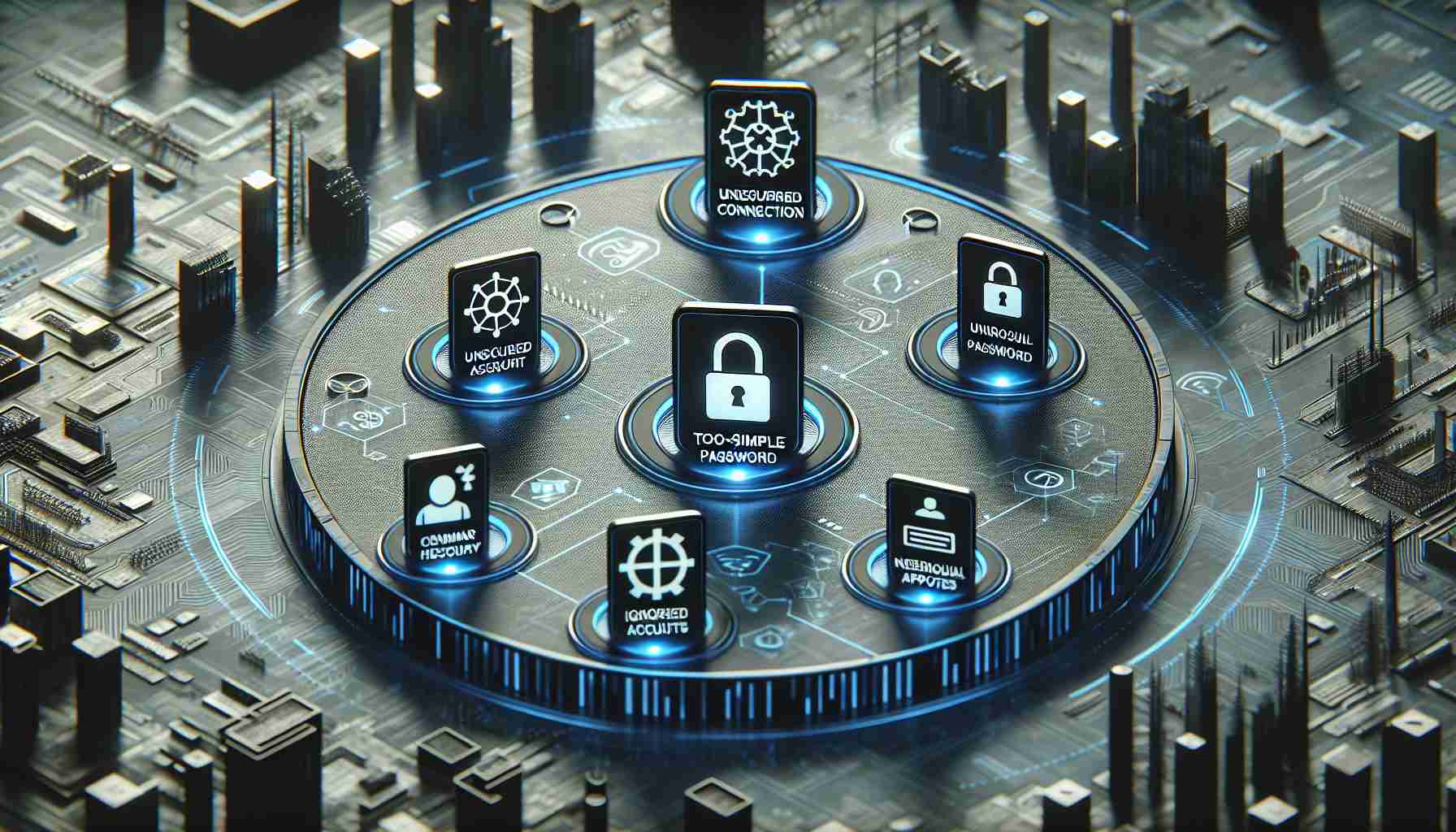Unusual Messages: If you notice strange messages in your conversations that you didn’t send, it could be a sign that your account has been compromised. Stay vigilant and monitor your chats for any suspicious activity.
Unauthorized Device Access: Keep an eye out for unfamiliar devices logged into your online accounts. If you see any unknown devices accessing your accounts, be sure to log them out immediately to protect your security.
Unexplained Data Usage: A sudden increase in data consumption on your devices could indicate unauthorized activity on your accounts. Regularly check your data usage and investigate any spikes that seem out of the ordinary.
Account Setting Changes: Hackers often alter account settings to gain control. If you notice any unexpected changes to your profile or privacy settings, take action to secure your account and prevent further intrusion.
Verification Code Alerts: Be cautious if you receive verification codes without requesting them, as it could signal someone attempting to access your account. Never share these codes and enable two-step verification for an added layer of protection.
In the digital age, safeguarding your online presence is paramount. Stay proactive, remain vigilant, and promptly address any signs of potential security breaches to protect your personal information and maintain the confidentiality of your online interactions.
Unusual Account Activity: Another key indicator that your online accounts might be at risk is if you notice unusual account activity such as unfamiliar logins or repeated failed login attempts. This could suggest that someone is trying to gain unauthorized access to your accounts, and it’s crucial to review your account login history regularly.
Phishing Emails: Phishing emails are a common tactic used by cybercriminals to trick individuals into providing sensitive information such as login credentials or personal details. Be cautious of emails that ask you to click on suspicious links or provide your account information, as legitimate companies usually do not request this information via email.
Outdated Security Measures: Using outdated security measures, such as weak passwords or not enabling multi-factor authentication, can leave your online accounts vulnerable to attacks. Ensure you use strong, unique passwords for each account and regularly update your security settings to stay ahead of potential threats.
Monitor Account Activity: Regularly monitoring your account activity can help you spot any unauthorized transactions or changes to your account settings promptly. Set up alerts for unusual account activities and review your transaction history to identify any irregularities that could indicate a security breach.
Data Breaches: Stay informed about recent data breaches that may have exposed your personal information. If a service you use experiences a data breach, immediately change your passwords for that account and any other accounts where you use the same credentials to prevent unauthorized access.
Key Questions: How can I enhance the security of my online accounts beyond basic login credentials? What steps should I take if I suspect my online accounts have been compromised? How do data breaches impact the security of my online accounts and personal information?
Advantages: By staying alert to the signs of potential security risks, you can take proactive measures to safeguard your online accounts and personal information. Addressing security threats promptly can help prevent unauthorized access and protect your sensitive data from falling into the wrong hands.
Disadvantages: Ignoring warning signs of potential security breaches can expose you to risks such as identity theft, financial fraud, and privacy violations. Failing to secure your online accounts adequately may result in data loss, reputational damage, and compromised online interactions.
For more information on enhancing your online security, visit cybersecurity.gov to access valuable resources and tips on securing your digital presence. Stay informed, stay vigilant, and prioritize the protection of your online accounts to mitigate the risks of cyber threats.












